#venus and cupid by lorenzo lotto
Explore tagged Tumblr posts
Text

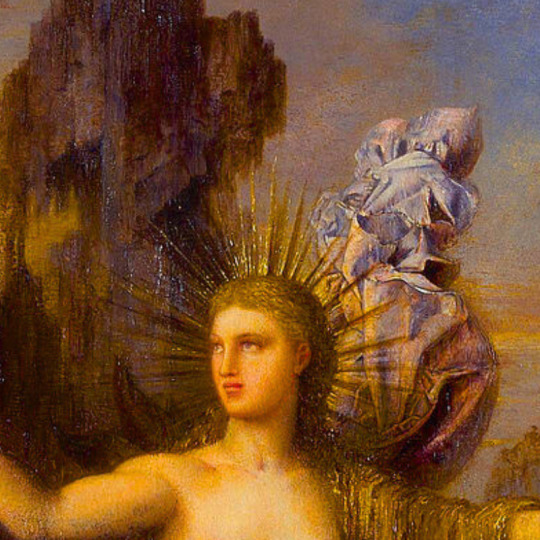
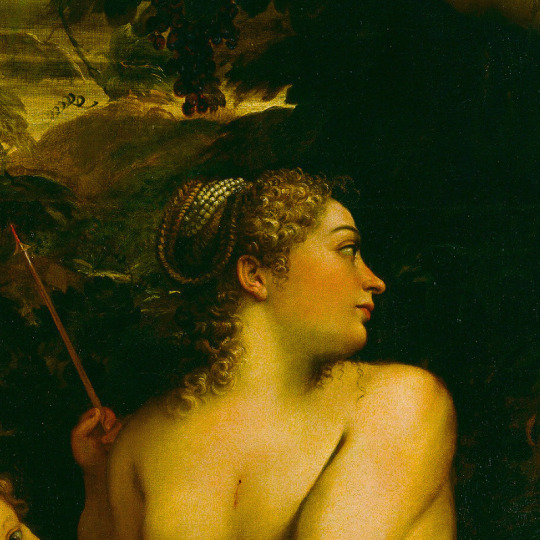
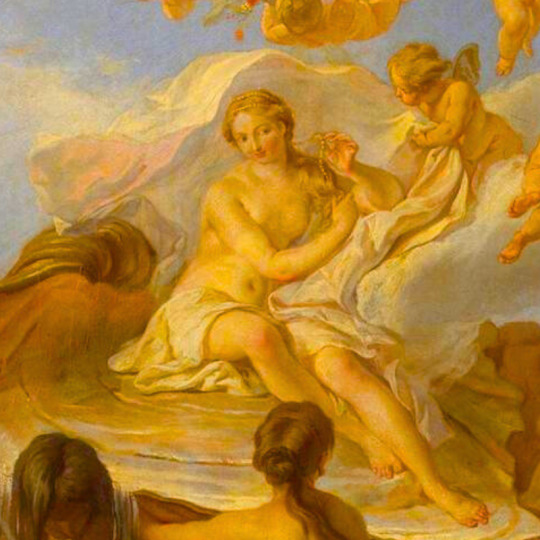
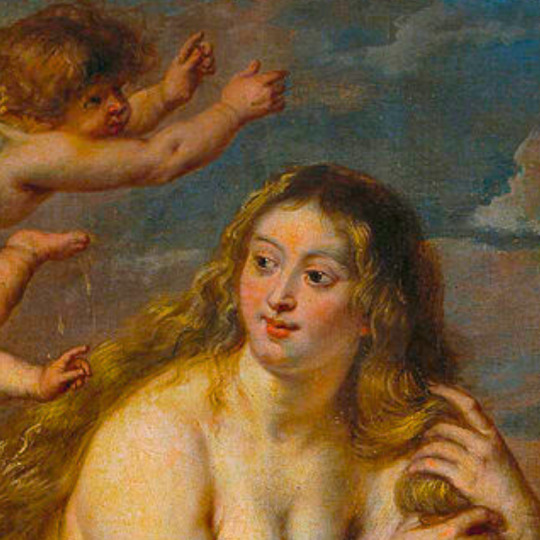
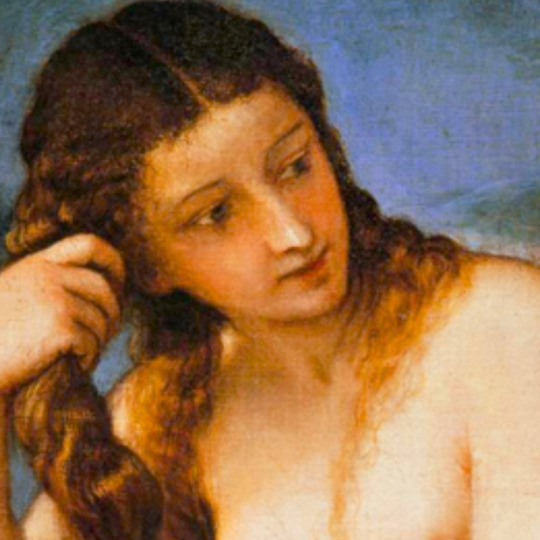

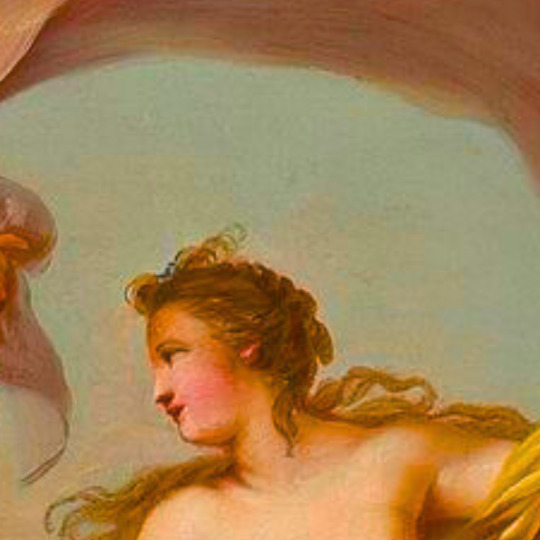
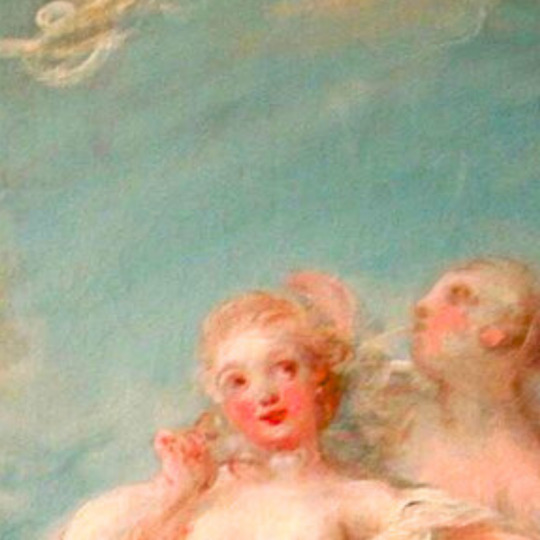
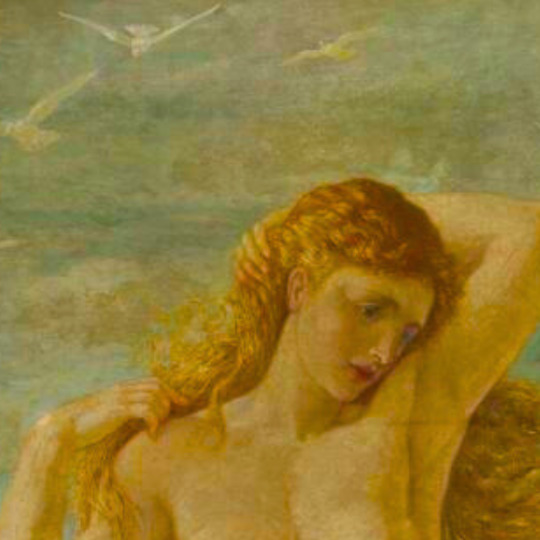

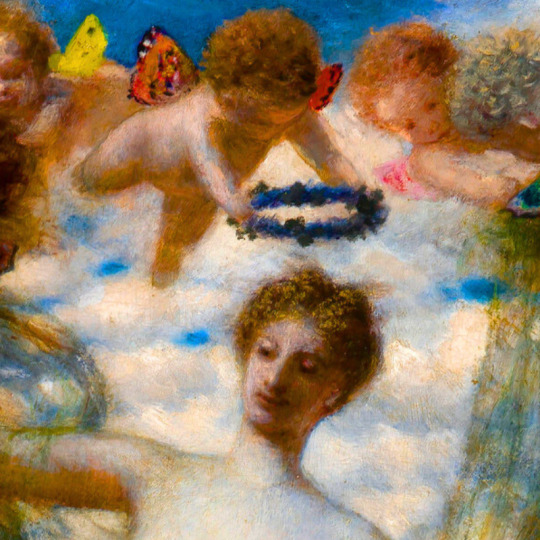


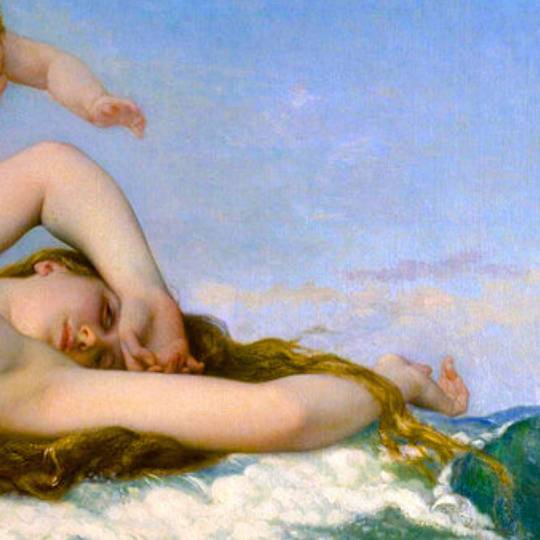

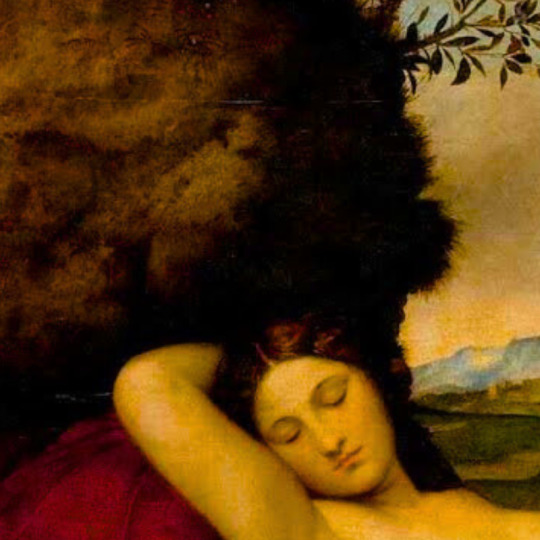
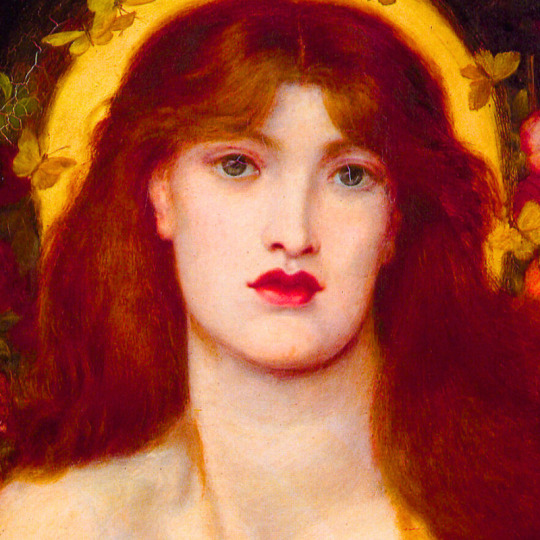
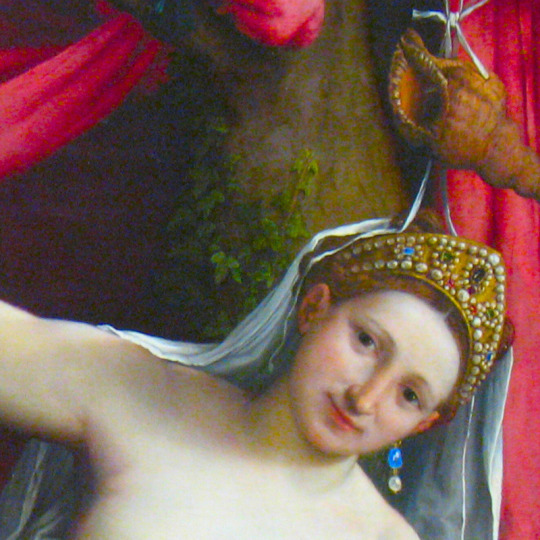

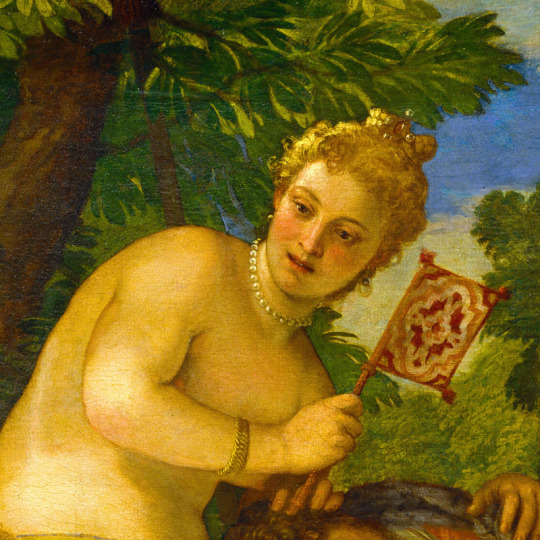
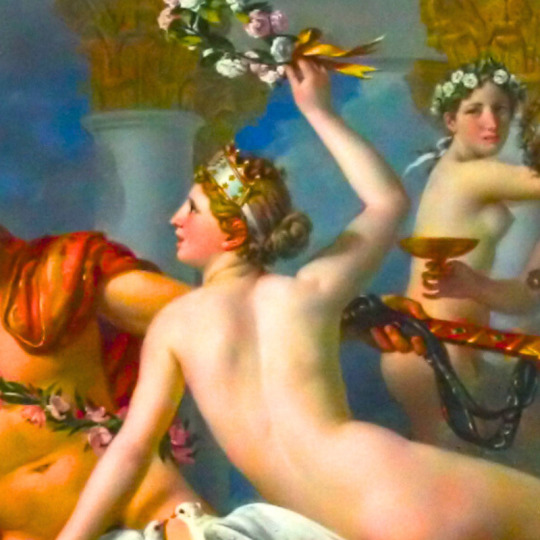
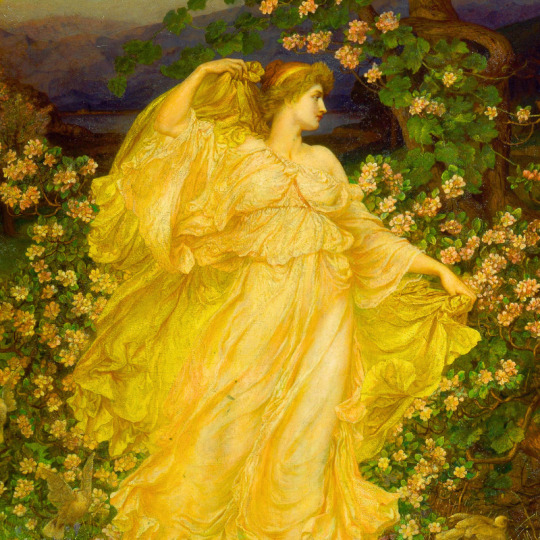
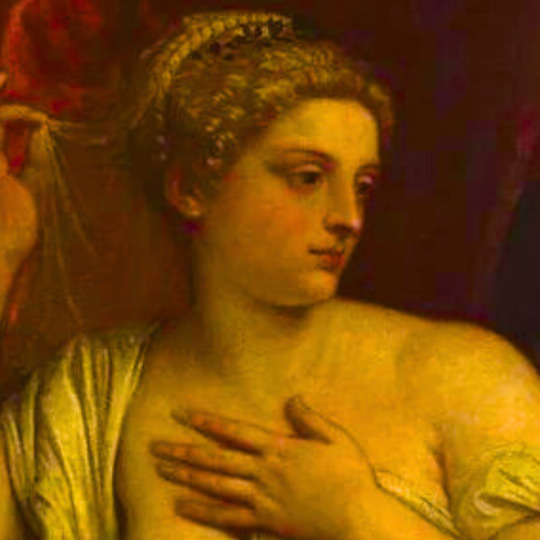
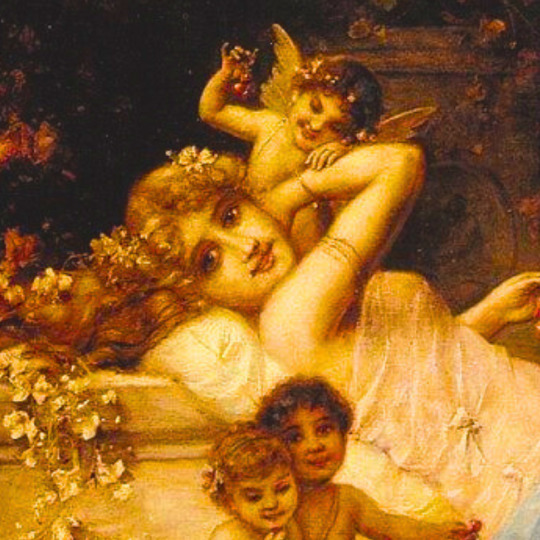
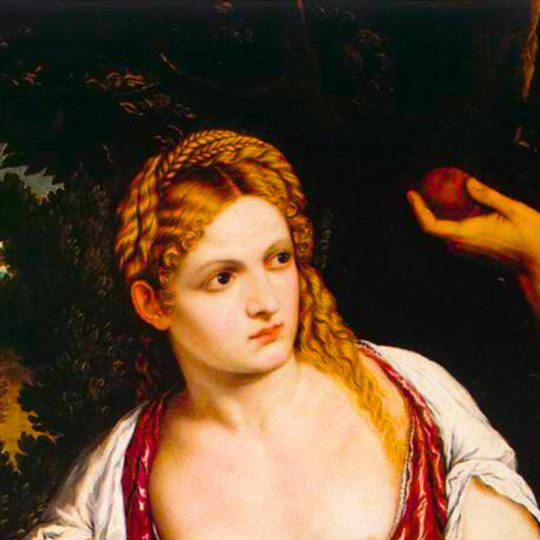

aphrodite & venus + art
#the birth of venus by sandro botticelli#venus rising from the sea by gustave moreau#venus adonis and cupid by annibale carracci#the birth of venus by noel-nicolas coypel#the birth of venus by cornelis de vos#venus anadyomeme by titian#the birth of venus by nicolas poussin#the birth of venus by jean-baptise marie pierre#the birth of venus by jean-honore fragonard#the renaissance of venus by walter crane#the birth of venus by henri gervex#birth of venus by fritz zuber-buhler#the birth of venus by william-adolpe bouguereau#the birth of venus by alexandre cabanel#mars and venus by sandro botticelli#sleeping venus by giorgione#venus verticordia by dante gabriel rossetti#venus and cupid by lorenzo lotto#the birth of venus by francois boucher#venus and adonis by paola veronese#mars being disarmed by venus by jacques-louis david#venus and anchises by william blake richmond#venus before a mirror by titian#venus and her attendants by hans zatzka#venus and mars by paris bordone#venus with two doves by francesco hayez#art history#history#art#aphrodite
479 notes
·
View notes
Text

#historical jewelry#iona prentice#renaissance#italian renaissance#lorenzo lotto#venus and cupid#historical fashion
1 note
·
View note
Text

Venus and Cupid. Lorenzo Lotto (1480-1556)
2 notes
·
View notes
Photo


Lorenzo Lotto, ca.1480–1556
Venus and Cupid, ca.1550, oil on canvas, 92.4x111.4 cm
Metropolitan Museum of Art, Inv. 1986.138
48 notes
·
View notes
Photo

Venus and Cupid by Lorenzo Lotto (16th Century)
#lorenzo lotto#art#paintings#fine art#16th century art#16th century#renaissance art#renaissance#painting#italian artist#italian art#mythology#roman mythology#venus#cupid#aphrodite#goddess#classic art#classic#amor
586 notes
·
View notes
Photo
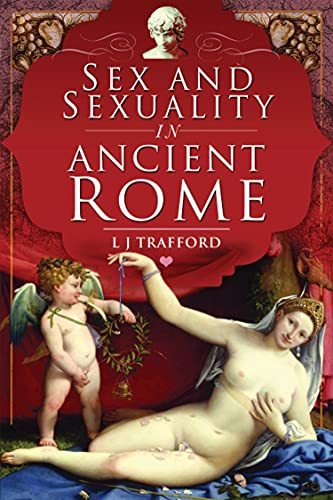
When you think of Ancient Rome, what often comes to mind is debauchery coupled with almost puritanical morals. Orgies. Vestal Virgins. Nero and Caligula. You know, the juicy stuff that peppered both HBO and PBS.
But what was the truth? Is it closer to the sex fueled fantasies of 1970s x-rated films and pearl clutching Christian saints? Or is it the dry and politics heavy shenanigans of I, Claudius.
The truth is amusingly revealed in this really fun historical quick-read by LJ Trafford.

First off, I need to level with you. I got this book because of the cover. This is one of my favorite paintings in the history of ever (Lorenzo Lotto’s Venus and Cupid) and every time I go to the MET in NYC I have to spend some time communing with it. It’s just that bonkers and fun and faboo. (I have a thing for odd Renaissance and Medieval art.)
So I should have been clued in that by selecting this picture the book itself is also just as fun and whimsical as the painting, and like the painting there is a whole lot more going on when you scratch the surface. Using primary sources of the day, Trafford explains that like many cultures and civilizations that there was nuance and hypocrisy when it came to Ancient Roman views on sex and sexuality. And that like many ancient (and let’s face it, modern) civilizations that the expectations differed between classes and genders.

The book is written in an amazingly readable format, and I often found myself laughing out loud at several turns of phrase. I managed to read this book while undergoing treatment for two different kinds of cancer and it was just the distraction I needed. The author was a tour guide in a previous life and it shows. The way the history and primary resources are presented are geared for a lay audience who wants to learn more after binging HBO’s Rome or Masterpiece Theater’s I, Claudius.
Readers do need to be aware that there is a lot of swear words, but this shouldn’t be surprising considering the graffiti that has survived from the period. It can be shocking if you think of Rome as a bunch of stuffy senators and pearl-clutching early Christians. But Rome is/was a very earthy and messy place (often literally) and this book doesn’t shy away from that.
I honestly enjoyed it.
Five Stars.

If this is your jam, you can get it here.
If you like these kind of honest reviews, please consider supporting us here!
I received an ARC via NetGalley.
**Review delayed due to cancer.
#book review#nonfiction#history#roman empire#rome#ancient rome#sex and sexuality#cw: sexism#cw: classism#cw: homophobia#cw: slavery#cw: historical people being awful to each other#five stars#rose and lark review books
36 notes
·
View notes
Photo

Venus and Cupid, Lorenzo Lotto, 1520s, European Paintings
Purchase, Mrs. Charles Wrightsman Gift, in honor of Marietta Tree, 1986 Size: 36 3/8 x 43 7/8 in. (92.4 x 111.4 cm) Medium: Oil on canvas
https://www.metmuseum.org/art/collection/search/436918
100 notes
·
View notes
Photo

MWW Artwork of the Day (8/15/19) Lorenzo Lotto (Italian, c. 1480–1556) Venus and Cupid (c. 1525) Oil on canvas, 92.4 x 111.4 cm. The Metropolitan Museum of Art, New York (Mrs. Charles Wrightsman Gift)
The theme of this picture, by the most eccentric genius of the Venetian Renaissance, was inspired by classical marriage poems (or "epithalamia") and was almost certainly painted to celebrate a wedding (the Venus may be a portrait of the bride). Lotto was fascinated with emblematic devices. The shell above Venus's head and the rose petals on her lap are conventional attributes of the goddess. The ivy is symbolic of conjugal fidelity while the myrtle wreath and brazier suspended from it are accoutrements of the marriage chamber. Venus wears the earring and diadem of a sixteenth-century bride. Cupid's action, an augury of fertility, confers a mood of light-hearted wit on this most popular Venetian subject.
The epithalamium as a literary form was revived in the Renaissance by humanists and was current in all the courts of Italy as well as in Venice. The imagery of Lotto's painting has much in common with the epithalamia of the Roman poets Claudian, Statius, and Catullus [see, for example, Statius's "Silvae", I.ii: An Epithalamium in honour of Stella and Violentilla]. Many of these poems feature Cupid waking his mother Venus and urging her to make haste to adorn herself and preside over wedding festivities. Venus then blesses the couple and expresses her hope that the marriage will be fruitful and that the bride will have a safe delivery (from the MMA catalog)
1 note
·
View note
Text

Lorenzo Lotto, Venus and Cupid, 1520 🎨
#artmuseum#classic art#oilpainting#artcurator#artgallery#arthistorian#artcollective#artoftheday#artwork#art#lovingpaintings#cupidlove#birth of venus
56 notes
·
View notes
Photo

Venus and Cupid
Lorenzo Lotto, 1520
75 notes
·
View notes
Photo

Venus and Cupid by Lorenzo Lotto, European Paintings
Purchase, Mrs. Charles Wrightsman Gift, in honor of Marietta Tree, 1986 Metropolitan Museum of Art, New York, NY Medium: Oil on canvas
192 notes
·
View notes
Text

Lorenzo Lotto 1480 - 1558
Venus and Cupid (1530c.)
Olio su tela (92.4 x 111.4 cm)
New York - Metropolitan
16 notes
·
View notes
Text
Beyond Botticelli: Depictions of Venus in Italian High Renaissance Art

Venus was the Ancient Roman counterpart of the Greek goddess Aphrodite (who represented love, eroticism, physical beauty and fertility). Said to have been born of the sea, after Saturn castrated his father Uranus and flung the gonads into the ocean, Venus would go on to make lovers of gods and mortals alike and bear many children. The union between the goddess of love and Mars produced Harmonia, Demos, Phobos and, according to some myths, Cupid. Likewise with Mercury, she conceived Hermaphroditus and with Bacchus, Priapus and Hymen. Her romantic entanglements with mortals included unions with Adonis, the Sicilian King Butes and Prince Anchises.The latter relationship producing Aeneas, hero of Troy and father of the Roman people.
Often depicted with her lovers, at her toilet, shortly after her birth, in triumph and arranging herself in self-admiring poses, Venus was widely represented in post-classical art and was a popular subject for artists of the Italian Renaissance period.









Images: Sandro Botticelli, The Birth of Venus, c. 1484–86, tempera on canvas. 172.5 cm × 278.9 cm (67.9 in × 109.6 in). Galleria degli Uffizi, Florence. Web Gallery of Art.
Lorenzo di Credi, Venus, 1493-94, oil on canvas, 151 x 69 cm, Galleria degli Uffizi, Florence. Web Gallery of Art.
Piero di Cosimo, Venus, Mars, and Cupid, 1490, poplar panel, 72 x 182 cm Staatliche Museen, Berlin. Web Gallery of Art.
Pietro Perugino, Venus and Cupid, 1497-1500, lead white over silverpoint, crayon and brown wash on gray tinted paper, 254 x 182 mm, Galleria degli Uffizi, Florence. Web Gallery of Art.
Andrea Mantegna, Parnassus, 1487, tempera and gold on canvas, 159 cm × 192 cm (63 in × 76 in), Louvre, Paris. Wikimedia Commons.
Lorenzo Costa the Elder, Venus, 1515-18, oil on poplar, 174 x 76 cm, Szépmûvészeti Múzeum, Budapest. Web Gallery of Art.
Giorgione, Sleeping Venus, c. 1510, oil on canvas, 108 x 175 cm, Gemäldegalerie, Dresden. Web Gallery of Art.
Raphael Santi, Venus and Jupiter, 1517-18, fresco, Villa Farnesina, Rome.
Lorenzo Lotto, Venus and Cupid, mid-1520s, oil on canvas, 92.4 cm × 111.4 cm (36.4 in × 43.9 in), The Metropolitan Museum of Art, New York. Wikimedia Commons.
Girolamo da Treviso the Younger, Sleeping Venus, c. 1523, oil on canvas, 130 x 213 cm, Galleria Borghese, Rome. Web Gallery of Art.
References: Jane Davidson Reid with the assistance of Christ Rohmann, The Oxford Guide to Classical Mythology in the Arts 1300-1900, Volume I, Oxford, Oxford University Press, 1993.
Posted by Samantha Hughes-Johnson.
66 notes
·
View notes


